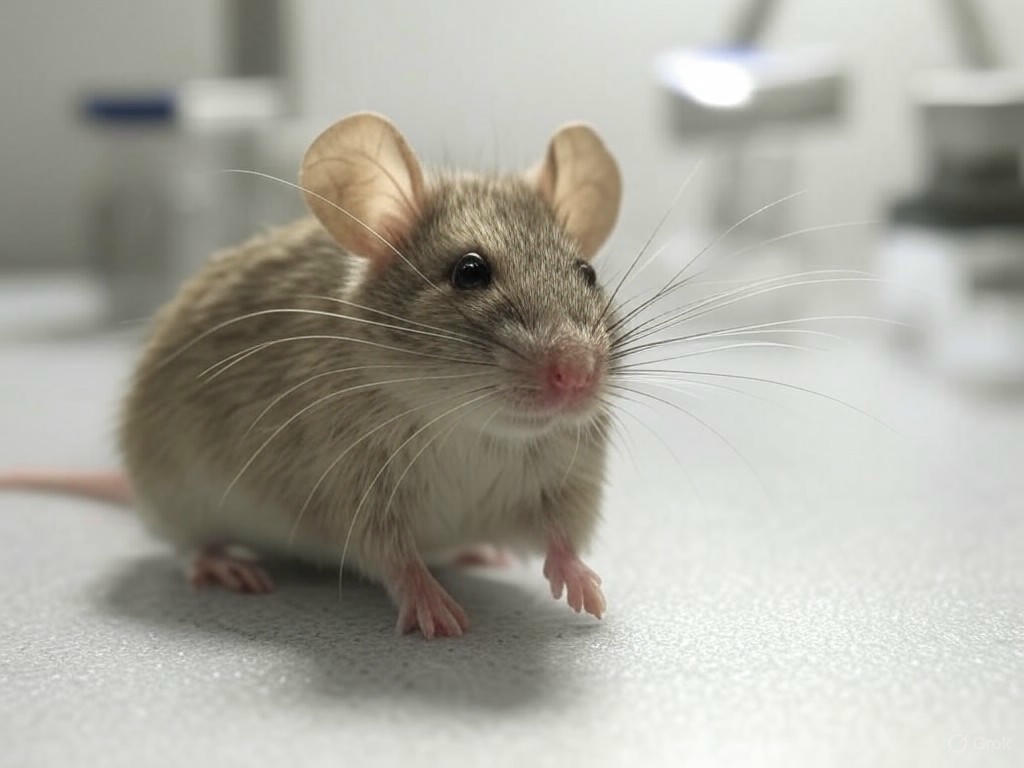In a groundbreaking stride toward combating blindness, a collaborative team of researchers from leading Chinese institutions, including Fudan University and the Shanghai Institute of Technical Physics, has unveiled a pioneering retinal prosthesis. This innovative device, crafted from intricate tellurium nanowires, has demonstrated remarkable potential by partially restoring vision in blind mice. The development marks a significant milestone in the quest to address vision impairment, a condition affecting millions worldwide, and offers a glimmer of hope for future human applications.
The retinal prosthesis operates by mimicking the natural function of the retina, the light-sensitive layer at the back of the eye responsible for converting light into neural signals. In individuals with degenerative eye conditions, such as retinitis pigmentosa or age-related macular degeneration, the retina’s photoreceptor cells deteriorate, leading to partial or complete blindness. The newly developed device, woven from ultrathin metal nanowires, acts as an artificial substitute for these damaged cells. When implanted into the eyes of blind mice, the prosthesis successfully captured light and transmitted electrical signals to the brain, enabling the animals to perceive visual stimuli—an achievement that underscores the transformative potential of nanotechnology in medical science.
What sets this innovation apart is the unique use of tellurium nanowires, which are not only highly conductive but also biocompatible, ensuring minimal adverse reactions within the delicate tissues of the eye. The intricate weaving of these nanowires creates a flexible, mesh-like structure that integrates seamlessly with the retina, providing a stable platform for long-term use. During experimental trials, the mice exhibited improved responses to light, navigating their environments with greater ease compared to untreated counterparts. While the vision restoration was partial, the results suggest a promising foundation for refining the technology to achieve more comprehensive outcomes. The research team is optimistic that further advancements could enhance the resolution and clarity of the restored vision, bringing it closer to natural sight.
Beyond the technical marvel, this development raises profound implications for the future of vision restoration in humans. Although the current study is limited to animal models, it paves the way for clinical trials that could one day benefit those grappling with irreversible blindness. Challenges remain, including ensuring the long-term safety of the implant and adapting the technology to the complexities of the human eye. However, the success in mice serves as a powerful proof of concept, igniting discussions about how such innovations could transform lives. As researchers continue to fine-tune the prosthesis, they are also exploring ways to make it more accessible and affordable, ensuring that this cutting-edge solution reaches those in need.
This remarkable achievement is a testament to the power of interdisciplinary collaboration and innovation in healthcare. While the journey from lab to clinic is still underway, the retinal prosthesis woven from tellurium nanowires stands as a beacon of hope, illuminating a path toward a future where blindness may no longer be an insurmountable barrier.
